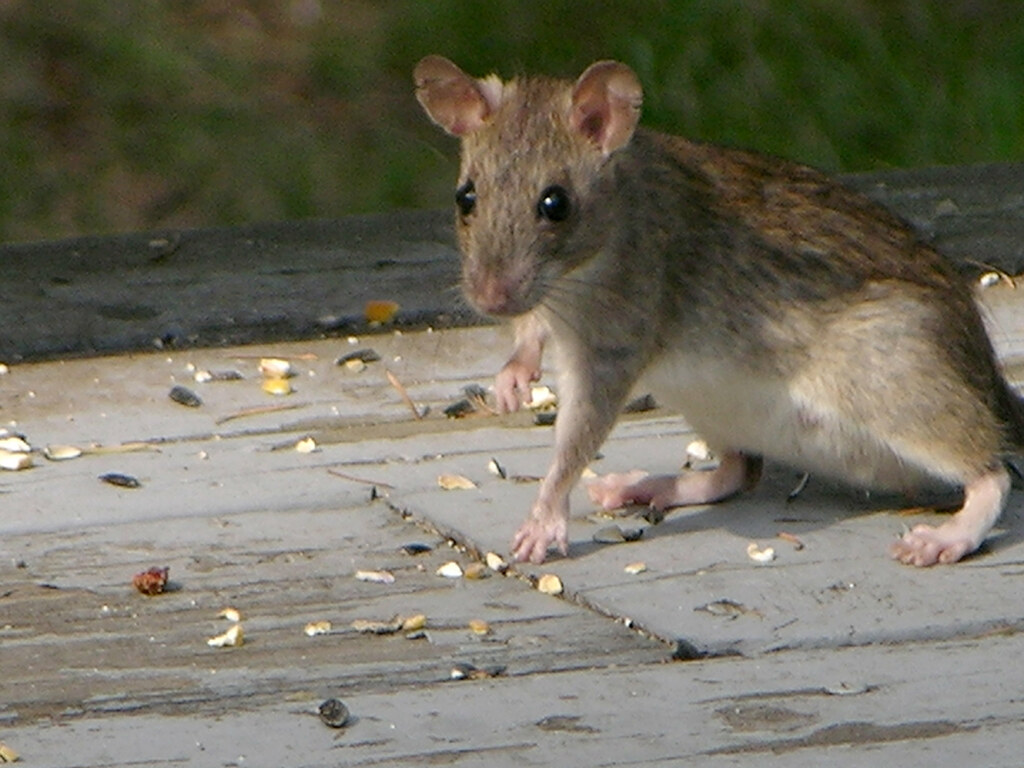

However, while one study showed that 14 percent of rats in the United Kingdom carry the infection the figure can be as high as 90%. In the UK the risk to humans is small with less than 40 cases reported in England and Wales every Is from contact with infected urine or blood followed by fishermen, water sports enthusiasts following contact with contaminated. Direct contact with infected urine on the surface of compost bins, or contaminated waterĬan result in infection as leptospires can penetrate breaches of the skin There is a small risk of catching Weil’s Disease from contact with soil or compost contaminated by rats but by far the highest risk is to farmers and vets In rats' urine and can survive in water for several months which plays an important role as a source of transmission of leptospirosis to man and other animals. In its most severe form, leptospirosis is also known as Weil’s disease.” However, in some cases the infection is more severe and can cause life-threatening problems, including organ failure and internal bleeding these. In humans this is usually results in mild flu-like symptoms, such as headache, chills and muscle pain. Rats present a risk of disease as they can be carry the bacterial that causes leptospirosis, as well as other potential pathogens. There preferred diet consisting of fruits, nuts, berries, slugs, and snails. They also eat a range of foods that might be found in the compost bin. The contents of the compost bin make a good restaurant for brown rats as their preferred diet includes cereal grains, nuts, and fruits, meat and fish.ĭigs burrows preferring to nest in locations off the ground in dense vegetation, shrubs, trees, vines etc. Nests in compost heaps or bins may be lined with shredded paper, other dry materialįrom the heap or material brought into the bin. They will also burrow beneath chicken houses, woodpiles, manure and compost heaps. The signs of their presence in the rest of the garden are also relatively easy to detectīurrows and makes “rat runs” along building foundations, garden fences and walls. When rats are feeding, sheltering or nesting inĪ compost bin burrows can often be seen under the bin or holes are visible chewed into the side of the bin. While rats may visit, or nest in, a compost bin if they are already present in the area composting does not generally attract the rats in the first place. Undoubtedly opening a bin to find a rat sitting on the composting looking at you can be a disconcerting even if it only happens Prepared by: Cornell Cooperative Extension’s Compost Education Program 2001). To home composting (Tompkins County Compost Study. may be visibleĪlthough many gardeners and composters will only see rats infrequently, if at all, a study conducted in central New York reported that pests, including rats, were the third most common obstacle The tunnels entrance is about 30-40mm diameter. Rat tunnels in the soil or at the base of the compost bin are often the first sign of infestation. rattus, associated with the bubonic plague is less common in the UK being mainly restricted to ports or coastal towns where they forage in disusedīuildings and warehouses but thy are found in larger numbers elsewhere. Species in England is the Norway or brown rat, Rattus norvegicus. Some activities such as keeping chicken, feeding the birds and composting using an open heap may be beneficial to the rats while others such as keeping cats or terriers may discourage them. The type, style age and size of our houses and gardens and what we do in them will impact on

Rats are commensal rodents the numbers of which are influenced by our activities, buildings and the landscape we have created.


 0 kommentar(er)
0 kommentar(er)
